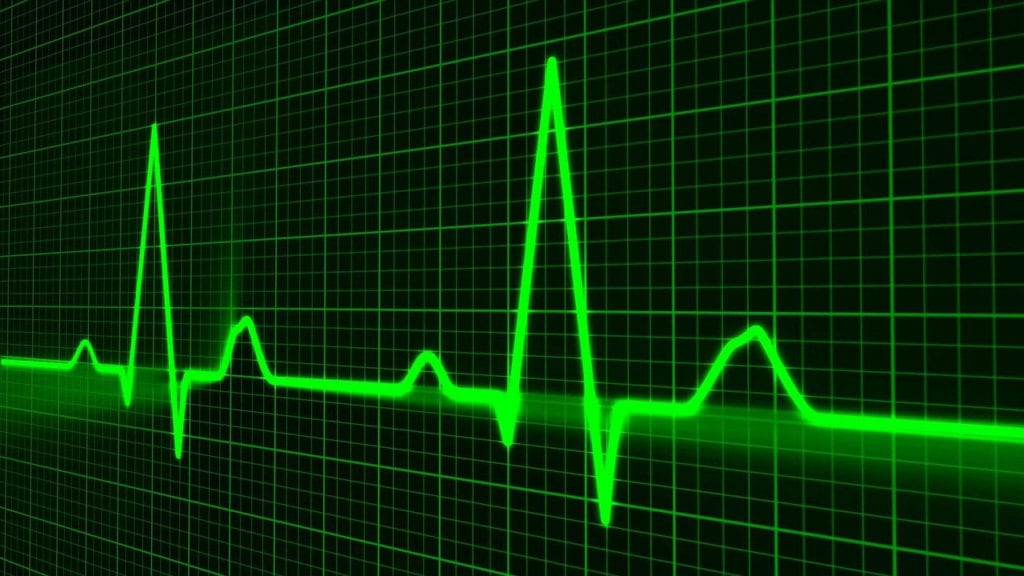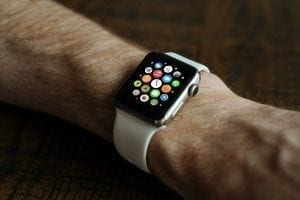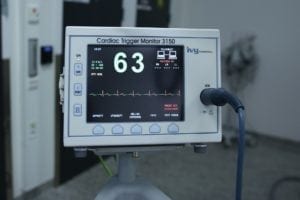327 words (source) vs. 385 words (mine) – 6% match
Looking into the future, new forms of medical technology offer the opportunity to improve patient outcomes like never before. For example, the Amplatzer Amulet Left Atrial Appendage Occluder (“Amplatzer Amulet Device”) shows extreme benefits for patients with atrial fibrillation (AFib) at risk of having ischemic stroke. According to Medical Device Network, the FDA recently approved the Amplatzer Amulet device for use in the United States, expanding the treatment’s reach from Europe.
Amplatzer Amulet Left Atrial Appendage Occluder
So what exactly is the Amplatzer Amulet device? According to Structural Heart Solutions, the device is:
the first and only LAA occluder that offers immediate freedom from oral anticoagulants (OACs.) With unique dual seal technology to ensure immediate and complete closure and the widest range of sizes of any LAA occluder, Amulet makes closure an option for more AF patients.
In particular, the Amplatzer Amulet LAA occluder is a great option for those who are at a high risk for falls; are unable to adhere to routine monitoring; are at risk for drug interactions; or have had a bleeding event. As the name suggests, this device closes the left atrial appendage.
But why is this important? Well, in patients with AFib, an irregular and often rapid heartbeat, the atria (upper chambers of the heart) often beat out of sync with the ventricles (lower chambers). Because of this, blood flow and pumping may be affected, causing a heightened risk of blood clots in the LAA. If the blood clots travel, they can cause strokes.
Thus, patients with AFib can benefit from the Amplatzer Amulet device, as it can help reduce the risk of blood clots and strokes. The treatment was approved based on data from the Amulet IDE trial. Ultimately, this highlighted the patient benefits of the Amplatzer Amulet device compared to other treatment options.
Atrial Fibrillation (AFib)
As described above, AFib occurs when the atria experience chaotic electric signals, causing irregular heart rate to occur. AFib is considered the most common type of arrhythmia. Typically, it results from heart damage or abnormalities. Potential causes include high blood pressure, coronary artery disease, sick sinus syndrome, and an overactive thyroid gland, among others. AFib can be occasional/paroxysmal, persistent, long-standing persistent, or permanent. Symptoms include shortness of breath, chest pain, dizziness or confusion, fatigue, heart palpitations, and exercise intolerance.








